
By Meghan E. Gattignolo
“This building is unusually flamboyant in style for its size. Its highly pitched roof with large eagles on the four corners, its steep gabled windows, and its elaborate terra-cotta ornamentation combine to give importance to what is a relatively small building. Designed as a post office for the city of Clarksville, it is unique in the State.”
– Roy C. Pledger for the National Park Service, August 1971
In 1972, the building where Clarksville residents – at the time – visited only to pay their electric bill, gained new attention and appreciation in the community when it was officially added to the National Register of Historic Places. A little over a decade later, this historic building would gain a fresh face as the repository for Clarksville’s memories.
The 1898 building – as it is fondly referred to by members of Museum staff – was indeed built in 1898. The oldest section of the Customs House Museum & Cultural Center, the 1898 building was finished in November that year and opened to the public shortly thereafter, meaning the most iconic building in Clarksville is now 125 years old!
During this building’s extraordinary lifetime, the Museum’s original building has enjoyed not just one, but three distinct identities. Each generation of Clarksville residents since the turn of the century has recognized this antique building as something distinctly different.
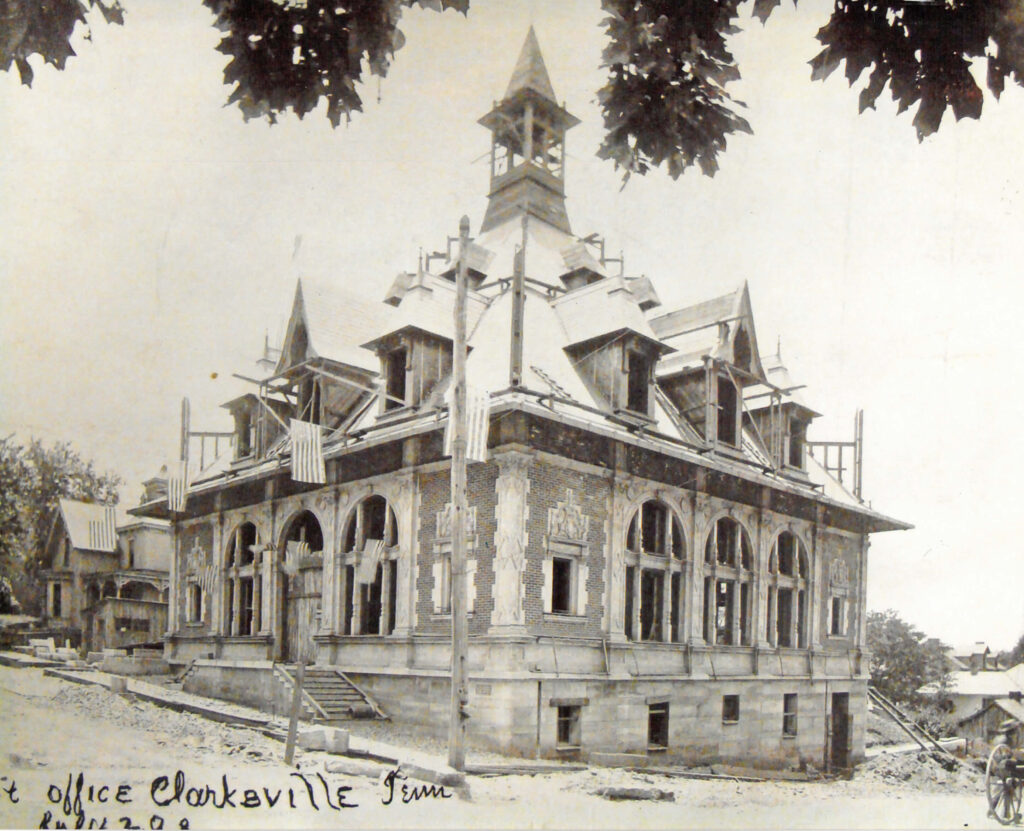
Post Office and Customs House construction, 1898
Customs House and Post Office
Thanks to the bustling and lucrative tobacco trade that turned Clarksville into a hub of commerce in the 19th century, the federal government approved a grant in 1891 for the construction of a customs house and post office in Clarksville. William Aiken, who built many other notable federal buildings of the time, drew up a variety of plans for the building that would become a stronghold of Clarksville’s identity and memories. After some controversy, the local community eventually agreed on the design you see today. Inside the Becoming Clarksville exhibit within the Postmaster’s Office in the 1898 building, visitors can get a good look of what the Museum could have looked like. Thankfully, the design we all know and love won the popularity contest.
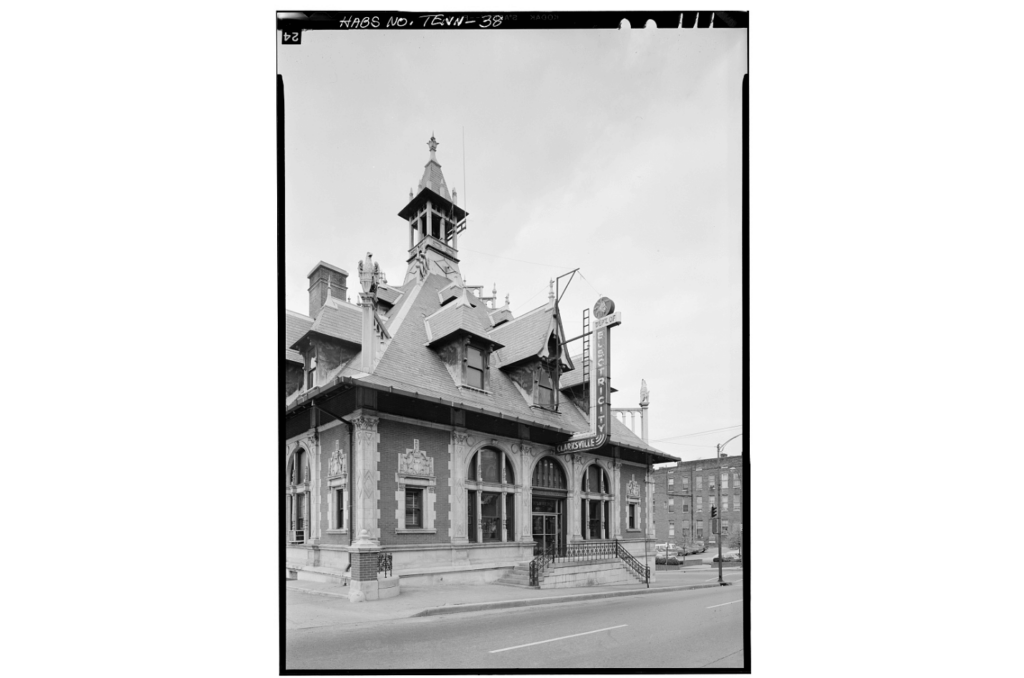
The building housed the Clarksville Department of Electricity from 1940-1983
Courtesy of the Library of Congress
Clarksville Department of Electricity
The 1930s saw a decline in the tobacco trade on the Cumberland River and Clarksville felt the crush of economic depression along with the rest of the country. The 1898 building fell out of use as a federal customs house. The official post office for the Clarksville community also moved out and into a new building down the street, which now houses The Mailroom restaurant. A new resident – the Clarksville Department of Electricity (CDE) – made its first home in the former customs house and post office building. Formed in 1938, CDE’s existence was a direct result of President Franklin D. Roosevelt’s New Deal, the series of acts that intended to bring some economic relief to Americans suffering during the Great Depression. The Tennessee Valley Authority (TVA) was tasked with the mission to bring new infrastructures and energy to rural areas in Tennessee, and CDE helped accomplish the goal of supplying power to rural Tennessee. Today, CDE is still the primary source of electric power for thousands of Clarksville residents and businesses.
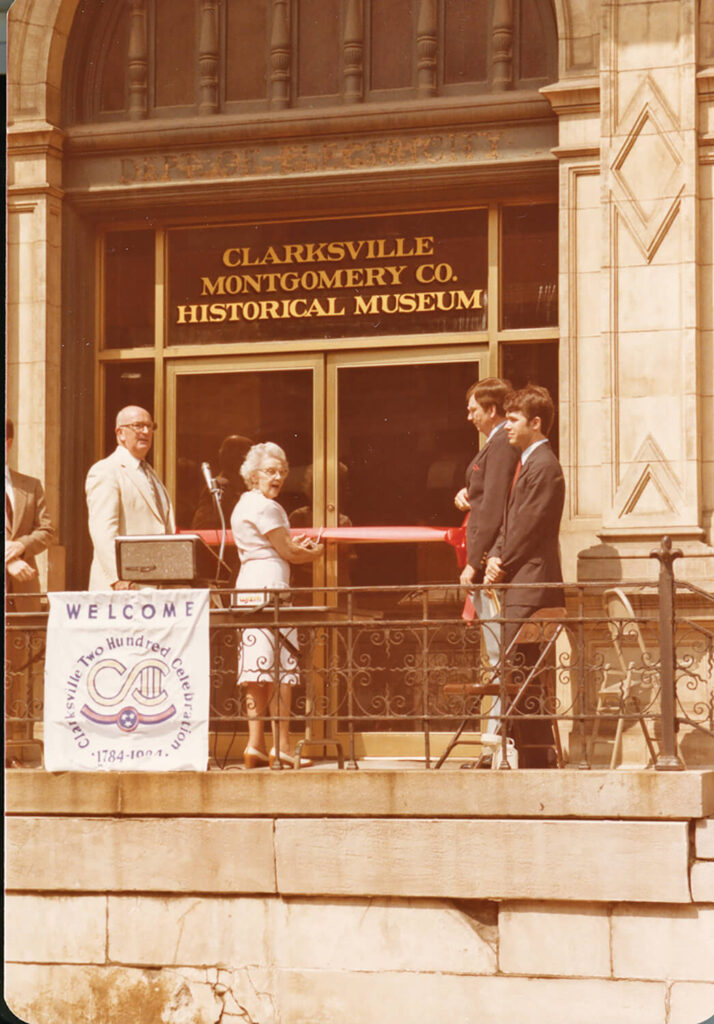
1984 ribbon-cutting for the opening of the Clarksville-Montgomery County Historical Museum
Clarksville-Montgomery County Historical Museum
By 1983, CDE moved house into a purpose-built facility to accommodate a fast-growing Clarksville community. The city’s bicentennial celebrations the following year included the opening of a new local institution. The 1898 building reopened to the public in June 1984, this time as a historical museum. Dubbed the Clarksville-Montgomery Historical Museum on paper, the building later became known as the Customs House Museum & Cultural Center. The Museum’s current Executive Director Frank Lott was present for the ribbon cutting in 1984 and fondly remembers the festive event. The Museum started small, housed only within the 1898 building. In the years since, the Museum has grown not only in physical size (with an addition in 1996), but also in staff and visitation numbers.

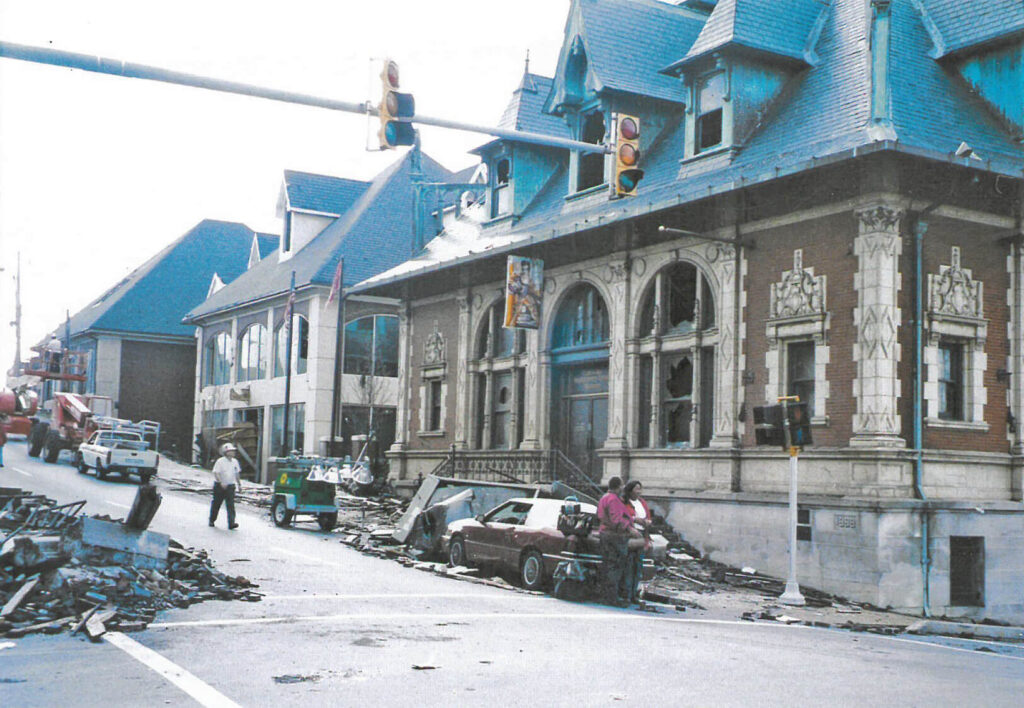
Damage from the F3 tornado that devastated Downtown Clarksville in the early morning hours of January 22, 1999
The community trusts the Museum to keep Clarksville’s memories within the collection and through interpretation with exhibits and programs. A walk through the Becoming Clarksville exhibit will put any casual visitor in direct contact with the milestones and struggles of the Clarksville community. One such struggle is memorialized in a large, twisted piece of green metal on permanent display in Heritage Hall. In January 1999, an F3 tornado wound its way up Second Street early in the morning. The tornado destroyed a historic home next door to the Museum, the Leaf-Chronicle newspaper across the street and the nearby Montgomery County Courthouse. Except for some broken windows and the wrenching off of the metal finial atop the 1898 building’s cupola, the Museum was otherwise untouched. Saved by nature, the Customs House Museum & Cultural Center’s treasured building remains to watch Clarksville’s progression through time.
As yet another F3 tornado ravaged North Clarksville on December 9 of this year, destructive tornadoes continue to be a part of Clarksville’s story. While the trauma will linger for so many Clarksville residents, a visit to the Museum will add a small comfort knowing that Clarksville never forgets its scars.
The most iconic building in the city continues to stand the test of time as a symbol of Clarksville’s resilience.
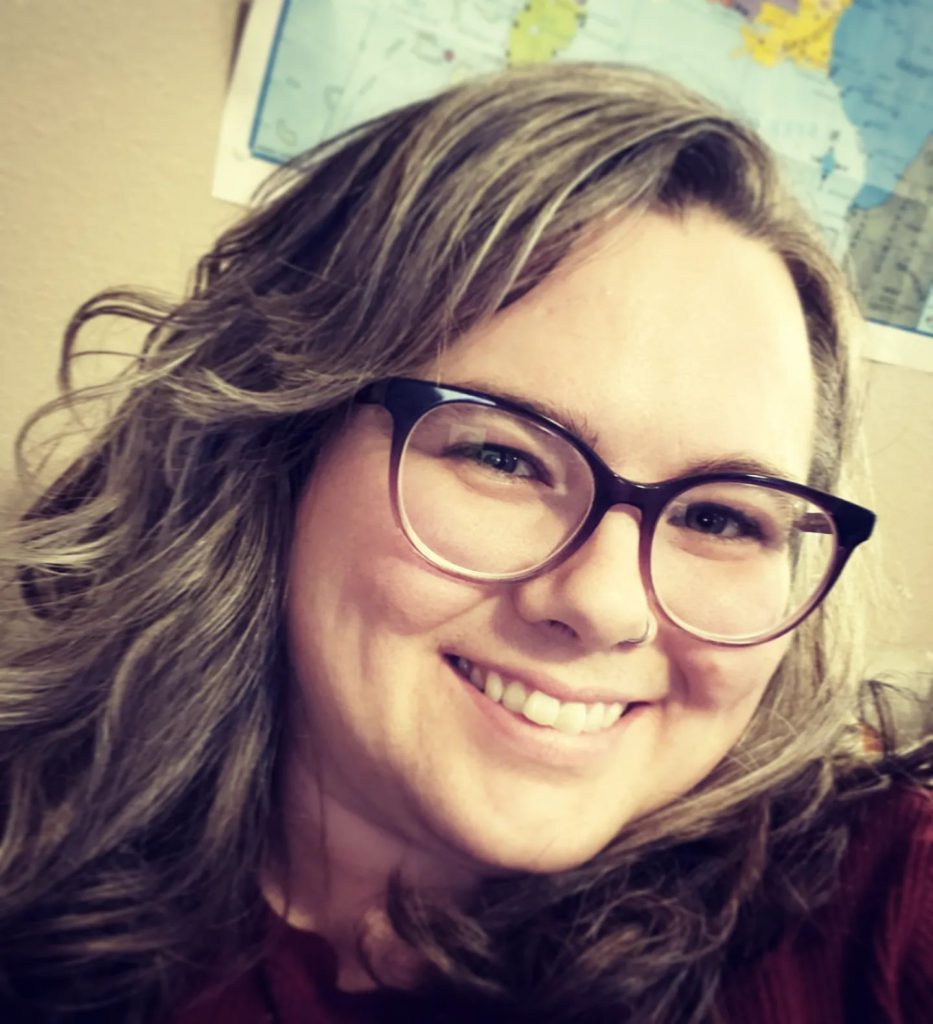
Meghan E. Gattignolo is a freelance writer and longtime Clarksville, TN resident. She loves to obsess about historical subjects and annoy her family daily with unsolicited random facts. Meghan holds a History B.A. from Austin Peay State University and lives in town with her husband and two daughters.